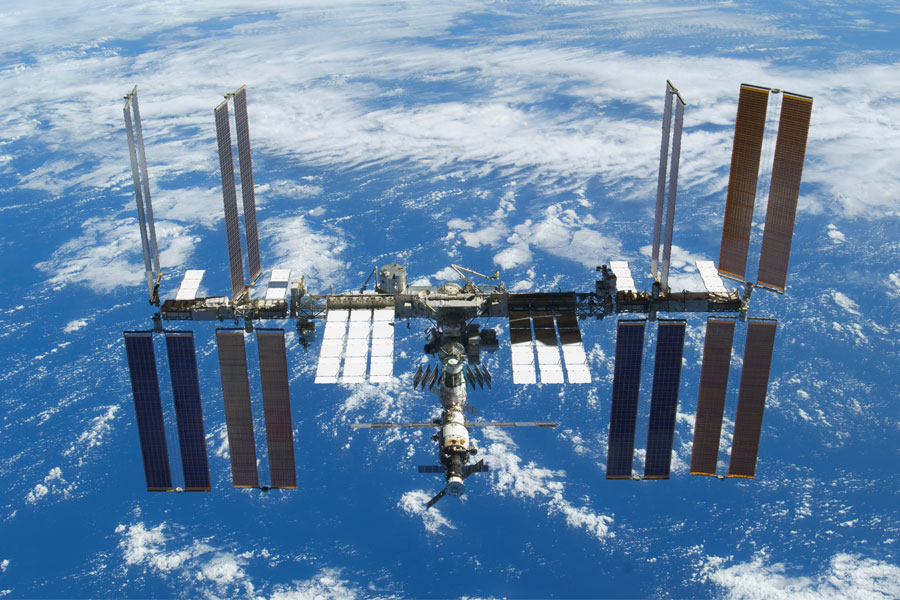



Murray Darrach received his PhD in Physics from the University of Windsor (Canada) in 1990 and joined JPL in 1993. He leads the mass spectroscopy efforts at JPL with a team of 12 scientists and engineers developing a variety of miniature sensors for robotic planetary crewed space exploration. Dr. Darrach has delivered two JPL mass spectrometers for flight, the Trace Gas Analyzer in 2000 and the Vehicle Cabin Air Monitor in 2009. He is the Principal Investigator (PI) for the VCAM follow-on, the Spacecraft Atmosphere Monitor (S.A.M), which will be launched to the International Space Station in 2019.

Vehicle Cabin Atmosphere Monitor (VCAM) identified gases that are present in minute quantities in the International Space Station, breathing air that could harm the crew's health. If successful, instruments like VCAM...

Recent years have witnessed significant progress made in the miniaturization of mass spectrometers for a variety of field applications. The main focus at JPL is on the two most common space related applications of mass...